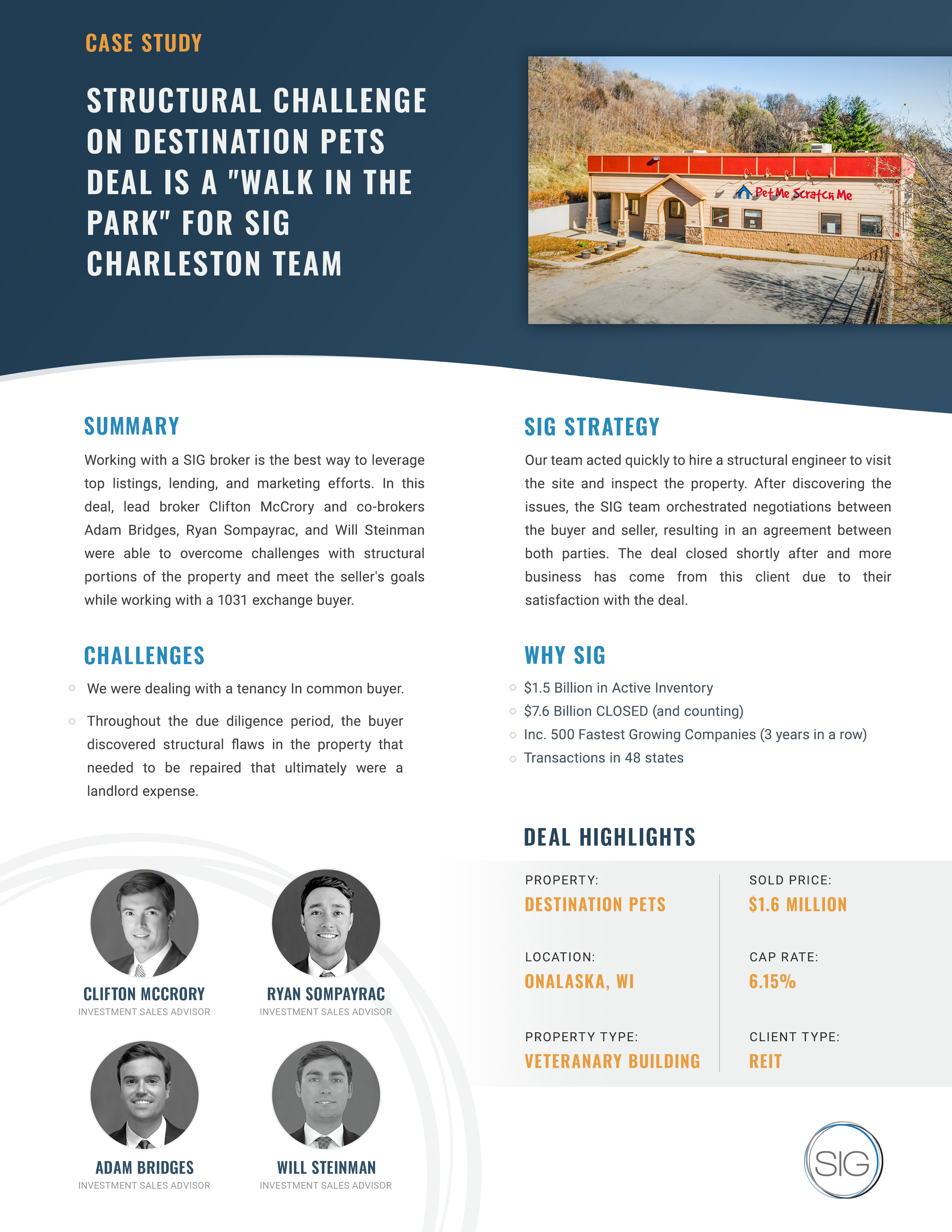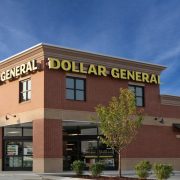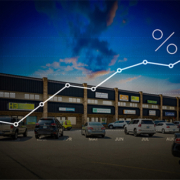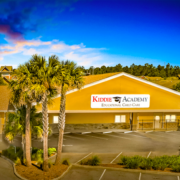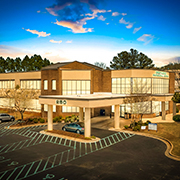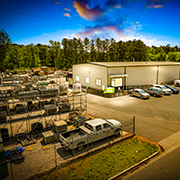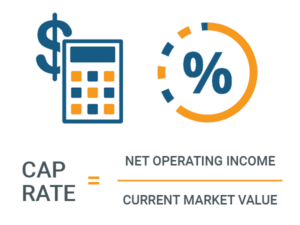Maximizing Your Returns: The Benefits of Investing in Self-Storage Properties
According to the Self Storage Association, approximately 10% of U.S. households currently use self-storage properties. Self-storage facilities have become increasingly popular in recent years due to the growth of the sharing economy, urbanization, and downsizing. According to research, the self-storage market in 2019 was valued at $87.65 billion USD. This valuation is anticipated to increase to $115.62 billion by 2025. This results in a compound annual growth rate of 134.79 percent from 2020 to 2025.
While revenue in the self-storage industry can be impacted by a variety of factors, the industry has shown consistent growth over the past five years, making it an attractive investment option for many investors. According to data from the National Association of Real Estate Investment Trusts (NAREIT), the self-storage sector has experienced steady revenue growth over the past five years. In 2016, the self-storage sector had a total return of 18.45%, followed by a return of 9.04% in 2017, 4.20% in 2018, 18.32% in 2019, and 5.15% in 2020. We anticipate the ROI on self-storage will continue to rise in the coming years as the market bounces back from the effects of the COVID-19 Pandemic.
Before investing in self-storage, it’s essential to have a thorough understanding of the market. Research industry trends, such as the increasing demand for storage space due to factors like urbanization, downsizing, and the rise of e-commerce. Analyze local market conditions, including population growth, income levels, and housing trends, to identify areas with the potential for high self-storage demand.
What Factors Make Self-Storage a Strong Investment?
- Self-storage is always in demand: When the economy is booming, households take longer sabbaticals and move homes, requiring self-storage. During a downturn, people may be returning to school or downsizing, which means they may turn to self-storage as they adjust their housing situations. Construction lag times have contributed to a lack of recent development, so we are now seeing undersupplied markets, especially in the Southeast.
- ROI is more straightforward: While self-storage properties aren’t quite a completely passive investment, there are fewer hands-on challenges than with other types of commercial real estate. Owners and property managers don’t have to deal with unexpected calls from tenants to resolve issues like leaky pipes or clogged toilets. That simplifies things when calculating your return on investment.
- Low expenses: Unlike some types of investment properties, self-storage capital expenditures are low. Lower expenses are always an advantage, and this is yet another reason that cash flow can remain steady even as other factors change.
- Financing for self-storage investment properties is accessible: Self-storage properties have shown themselves to be something of a “COVID-resistant” asset, so lenders are eager to get them on their books. So, if you’re interested in exploring this area of industrial property investment, you probably won’t have any issues finding financing at a competitive rate.
- Self-storage properties provide a reliable stream of income: Self-storage facilities vary widely in size, but the average number of units in a facility is around 500. With this many separate spaces for rent, your income stream is not dependent on collecting rent from just a few tenants. So if a tenant or two leaves, your cash flow will not be dramatically altered. Plus, with self-storage units in such high demand, it is not difficult to find new tenants to replace the ones that leave.
- Self-Storage Rent Increases Have Less Pushback: Inevitably, rent increases will be necessary to keep your self-storage investment profitable in changing markets and tenants bristling against these rent increases can seem unavoidable. But the advantage of self-storage is that leases tend to be shorter. Most tenants will be on a month-to-month schedule, which makes it easier to raise rents more frequently without tenants pushing back against the increase. Being able to adjust rent more often and more easily also allows you to keep your income stream pretty consistent if you experience frequent tenant turnover.
What Factors Determine Self-Storage Investment Success?
- Location: Look for commercial properties for sale in areas with high visibility, easy accessibility, and a growing population. Proximity to residential neighborhoods, apartment complexes, and businesses can help drive demand for storage units. Usually, 90% of your customer base will be within a 1-5 mile radius of the storage unit. Is the area growing or shrinking? Is the city expanding in the area or away from the area? It will be a safer investment if the homes and apartments in that area are small as your self-storage facility will . That means the people living in them will have a bigger need for additional space to store their belongings, which is where your self-storage facility can help.
- Size: Facilities vary in size and can range from 10,000 square feet to 100,000 square feet or more. The average rentable square footage is around 46,000 SF. A facility will take up anywhere from 2.5 to acres of land. The size of the self-storage facility will dictate many things including the cost of maintenance, property taxes, and management.
- Demand: Square feet per capita and price per square foot are important to understand the level of competition in your area. A higher number per person, within a facility you’re considering investing in, or in your market as a whole, might mean in terms of supply and demand, there’s not enough demand. If the prices per square foot in all of the facilities that you’re considering investing in are high, that’s another sign of healthy demand.
- Consumer Behaviors: Offering a mix of storage solutions can help attract a wider range of customers and ensure consistent occupancy rates. In addition to traditional storage units, having climate-controlled units, vehicle storage, and specialized storage options for wine, artwork, or documents helps diversify your offering mix. Also, considering changes in consumer behaviors, such as increased reliance on e-commerce and online marketplaces, can impact the demand for self-storage space.
- Management: Is the property managed by the owner or a management company? Are you going to self-manage or hire someone? Effective marketing and management are crucial for the success of your self-storage investment. Utilize digital marketing strategies, including search engine optimization (SEO), pay-per-click advertising, and social media marketing, to increase your facility’s online visibility and attract potential tenants. Implement a robust management system that includes customer service, regular maintenance, and efficient billing processes to streamline operations and improve tenant satisfaction.
- Occupancy Rates: If the occupancy rates in the storage facilities in your area are in the 90-100% range, you can safely assume you’re looking at high demand. Whichever route you choose, if the vacancy rates are low, you can be confident you’ll find customers. If you’re investing in a facility, you’ll want a high occupancy rate.
Consult An Expert
When you’re ready to have a conversation with a broker about self-storage investment, the team at Sands Investment Group can help. We have facilitated transactions of many self-storage facilities across the country, ensuring that investors not only find the right opportunity but get the best deal when adding to their portfolio.
Investing in self-storage can be a lucrative opportunity for real estate investors seeking stable cash flow and portfolio diversification. By understanding the market, selecting the right location, diversifying offerings, implementing technology and security features, and focusing on customer service, you can maximize the return on your investment and set your self-storage facility apart from the competition. Consult an expert at Sands Investment Group today.




